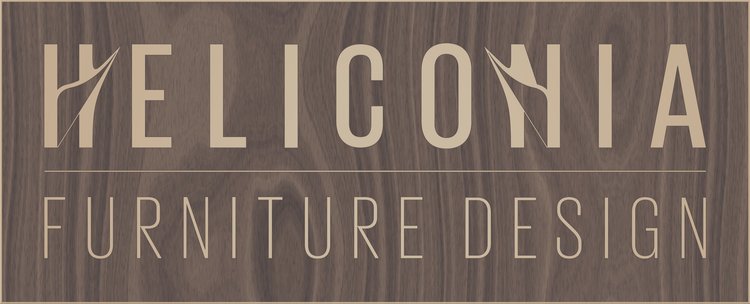The Elephant Park Timber project was devised by Lend Lease UK to re-purpose trees removed during the regeneration of Elephant & Castle in central London. The project saw the felled trees milled, transformed and reinstated as unique indoor and outdoor furniture within the public areas of the development. Outdoor furniture was commissioned and offcuts were distributed for use in community projects, parks and gardens. Heliconia Furniture were commissioned to produce furniture from the felled London Plane trees for the interior communal spaces.
To help progress this ground breaking project, Lend Lease called on Lantern, an environmental agency specialising in the utilisation of trees and timber, to provide expert advice on London timber, they identified ways in which the felled timber could be reused around the site by local people. Lantern have also worked with Lend Lease to replace the removed trees and add several hundred more trees of diverse species to sit beside the London Plane trees that were retained.
The origins of the timber are well documented and communicated by Lend Lease, and timber reuse from the Elephant & Castle regeneration is extensive. As a local resident I watched the trees being felled when the site was cleared. Later it was collected by Tyler Hardwoods of Wiltshire, who converted and air dried the timber before finishing it off in the kiln. I was able to inspect the timber before it went into the kiln and begin thinking about designs. Once the commissions were declared, the timber was delivered directly to Heliconia Furniture. The chain of custody is not only clear and short but is something that I have witnessed from beginning to end. This localised and personal provenance provides a unique narrative to the design and making of the furniture. Click here to read about Lend Lease Putting trees at the heart of the community Elephant Park Blog
Design and making
When designing the pieces, the character of the London Plane timber was my first consideration. Quarter sawn lacewood has a grain figure of consistent, and sometimes outrageous, tiger-like flecks of orange, white and brown which if treated with respect and restraint can look contemporary whilst still being complex and luxurious. The design needed to showcase the wood but allow for the sometimes varied quality and sizes in the boards and it also had to be appropriate for its proposed context of– contemporary, urban public lobbies. As standalone pieces in public spaces they needed to be robust and easily maintained but also visually arresting, with strong shapes to be admired from a distance.
The lobby chairs are lighter than armchairs in both their construction and quantity of upholstery but are strong enough to welcome short term but frequent use. The coffee tables sit with each pair of chairs and like the chairs they are constructed in narrow strips of lacewood, echoing the light contemporary design of the buildings, whilst making economic use of the most valuable timber. The overall effect is one of modern styling grounded in traditional design that stands out as being fit for its purpose and context.



